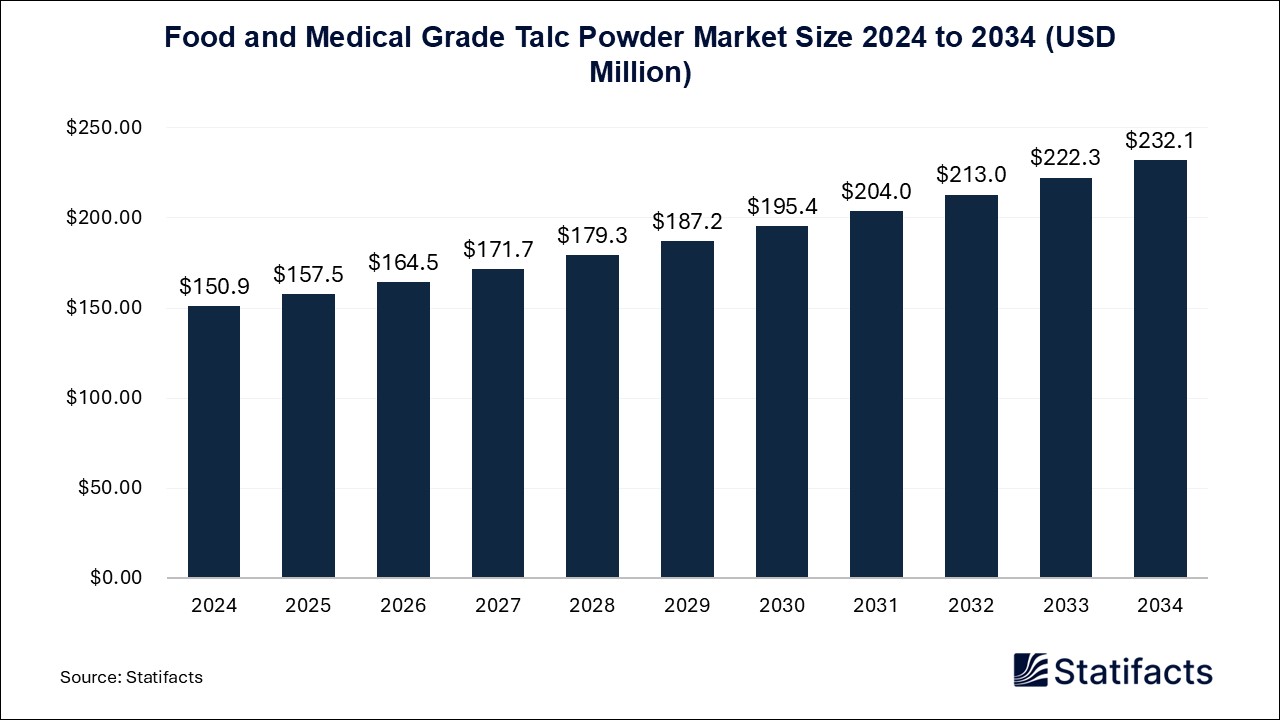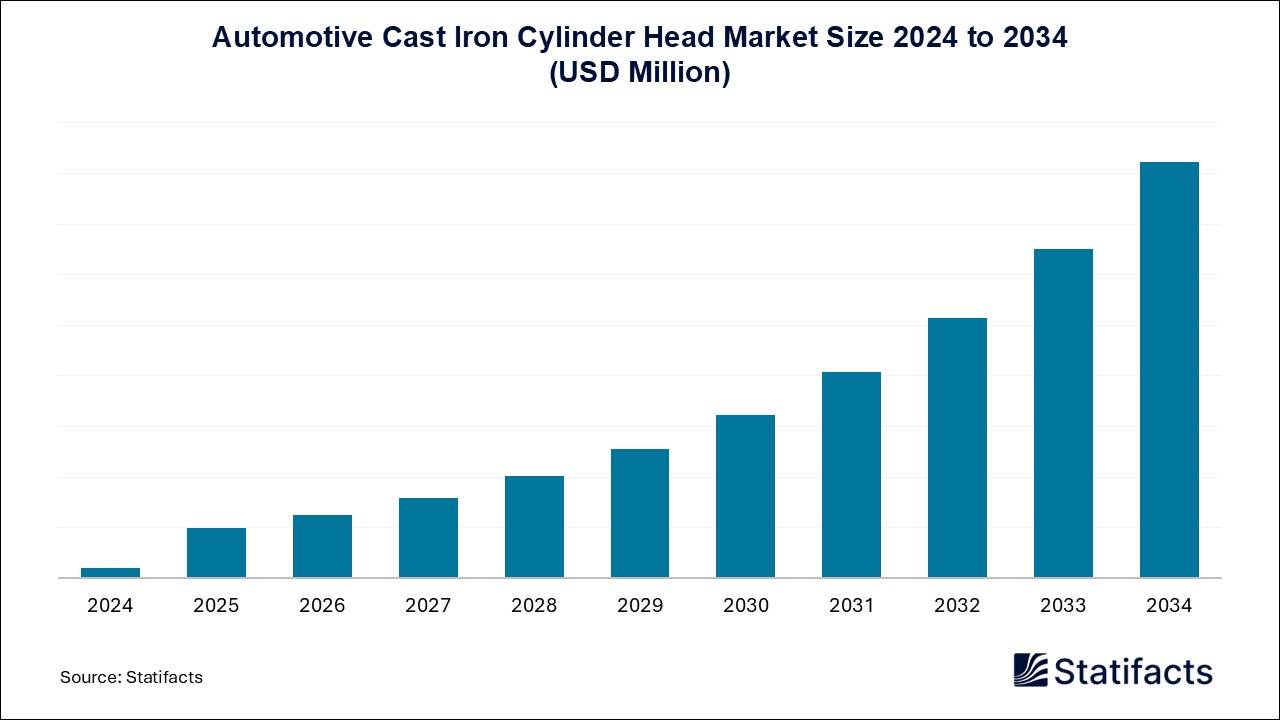
By clicking “Accept All Cookies” you agree to the storing of cookies on your device to enhance site navigation, analyze site usage, and assist in our marketing efforts.
Privacy PolicyThe global North America E-bike drive unit market size surpassed USD 33.52 million in 2024 and is predicted to reach around USD 67.29 million by 2034, registering a CAGR of 7.21% from 2025 to 2034.
| Industry Worth | Details |
| Market Size in 2025 | USD 35.39 Billion |
| Market Size by 2034 | USD 67.29 Billion |
| Market Growth Rate from 2025 to 2034 | CAGR of 7.21% |
E-bikes have significant advantages, such as offering zero tailpipe emissions, remarkably decreasing air pollution in urban zones, and leading to a healthier environment and cleaner air. E-bikes provide sustainable options to conventional transportation methods, decreasing dependence on fossil fuels. This provides an address to climate change and belief in non-renewable resources. The production and range of e-bikes depend on the batteries used, with potential range anxiety (similar to that encountered by other electric vehicle users) being a potential hurdle for potential customers, especially in developing markets for e-bikes in North America. The North America e-bike market is largely fragmented, with various players providing numerous technologies and standards. The large number of market players with differentiated products can lead to compatibility issues between the different models and creates confusion amongst users, making it harder for the producers to achieve economies of scale.
Disruptions in the supply chain
The market for e-bike drive units is vulnerable to issues with the supply chain, mainly when it comes to sourcing batteries, semiconductors, and other electronic components. Global occurrences such as geopolitical tensions, trade restrictions, and pandemics can obstruct the supply chain and hinder market growth. North American road infrastructure is also heavily tailored toward cars, with extremely long driving distances and harsh weather conditions, discouraging commuters outside of urban settlements to opt for e-bikes.
Realm of technological advancements
E-bikes generally use lightweight materials such as aluminum and carbon fiber. Developments in material sciences and better battery technology are expected to lead to significant performance enhancements of these bikes. Advances in lithium-ion battery technology have allowed manufacturers to create even longer-lasting batteries that support higher speeds across longer distances. In addition, the increase of shared mobility services offers an opportunity for E-bike rentals, providing users considering short-term transportation solutions. The evolving user behavior towards health and wellness also offers an avenue for expansion, as E-bikes can be marketed as a means of leisure and physical exercise, leading to overall well-being.
The hub motors segment dominated the North America E-bike drive unit market in 2024. This expansion is assigned to the growing need for minimum or less maintenance. The hub motors are implemented directly into the wheel hub, which is simple to install and maintain. This user-friendly design pleads to a huge range of users, including those who do not have technical awareness.
The mid-drive motors segment shows lucrative growth during the forecast period. The mid-drive motors provide higher torque, which assists with better pulling power. Mid-drive motors are appropriate for numerous e-bikes, such as commuter, mountain, and gravel. They can also efficiently handle batteries and offer constant power.
The OEMs segment dominated the North America E-bike drive unit market in 2024. The exposure of alternative powertrains like electric vehicles (EVs) will thus stimulate the need for specialized elements. Moreover, developments in electronics and automotive software will play a vital role in improving vehicle functionality, with a remarkable shift expected towards zonal electronic/electrical (E/E) architectures.
The aftermarket segment shows notable growth in the forecast period. Higher premiumization and the increase of digital sales channels can lead to the need for high-quality replacement parts and personalized automotive accessories. The shift towards systematic service marketplaces and the increase in direct-to-consumer (D2C) sales models will thus boost the aftermarket sector.
Published by Ajit Bansod
| Subsegment | 2024 | 2025 | 2026 | 2027 | 2028 | 2029 | 2030 | 2031 | 2032 | 2033 | 2034 |
|---|---|---|---|---|---|---|---|---|---|---|---|
| Mid-Drive Motors | - | - | - | - | - | - | - | - | - | - | - |
| Hub Motors | - | - | - | - | - | - | - | - | - | - | - |
| Subsegment | 2024 | 2025 | 2026 | 2027 | 2028 | 2029 | 2030 | 2031 | 2032 | 2033 | 2034 |
|---|---|---|---|---|---|---|---|---|---|---|---|
| OEMs | - | - | - | - | - | - | - | - | - | - | - |
| Aftermarket | - | - | - | - | - | - | - | - | - | - | - |
To get full access to our Market Insights, you need a Professional Account or a Business Suite.

You will receive an email from our Business Development Manager. Please be sure to check your SPAM/JUNK folder too.

You will receive an email from our Business Development Manager. Please be sure to check your SPAM/JUNK folder too.

Our customers work more efficiently and benefit from



